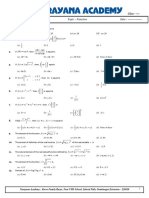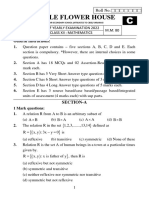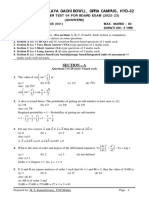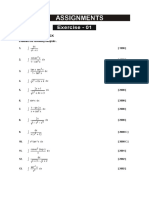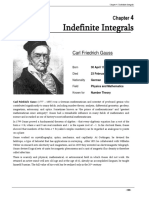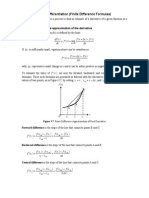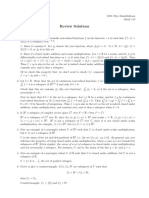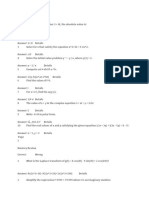0% found this document useful (0 votes)
90 views7 pagesMath Exam Prep: Function Problems
The document contains 27 multiple choice questions related to functions. The questions cover topics like function composition, homogeneous functions, rational and irrational expressions involving functions, and properties of specific functions like logarithmic, trigonometric and polynomial functions.
Uploaded by
Narendra GaddamCopyright
© © All Rights Reserved
We take content rights seriously. If you suspect this is your content, claim it here.
Available Formats
Download as PDF, TXT or read online on Scribd
0% found this document useful (0 votes)
90 views7 pagesMath Exam Prep: Function Problems
The document contains 27 multiple choice questions related to functions. The questions cover topics like function composition, homogeneous functions, rational and irrational expressions involving functions, and properties of specific functions like logarithmic, trigonometric and polynomial functions.
Uploaded by
Narendra GaddamCopyright
© © All Rights Reserved
We take content rights seriously. If you suspect this is your content, claim it here.
Available Formats
Download as PDF, TXT or read online on Scribd
/ 7




